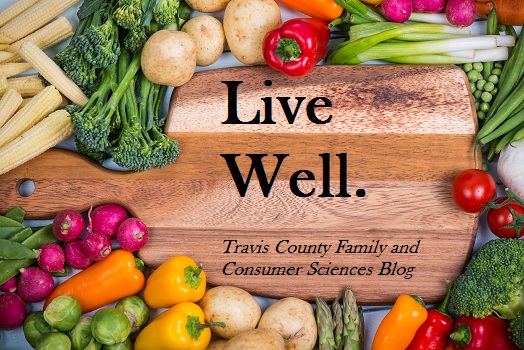By: Amanda Schroeder
Candy season is upon us! ‘Tis the season to knock on the doors of strangers and ask for sugary delights. And even if you don’t have kids or didn’t go “Trick-or-Treating,” chances are that you have taken advantage of the extra low candy prices. (It would be a shame to turn down such a bargain, right?) These festive little treats can be delicious, and we all deserve a little treat now and again, but have you ever thought about what’s inside? The answer may surprise you!
Many candy companies repackage their products to reflect the Halloween season, but there is one that is quintessential to Halloween: candy corn. Against my better judgment, I love candy corn. It’s nostalgic, sweet, and a sure reminder that fall is here! Unfortunately, the ingredients are less than stellar. The ingredients are as follows: Sugar, Corn Syrup, Confectioner’s Glaze, Salt, Dextrose, Gelatin, Sesame Oil, Artificial Flavor, Honey, Yellow 6, Yellow 5, Red 3. As with all labels, the ingredients are listed in descending order by the amount of the ingredient that is found in the food. Let’s go through these ingredients individually.
Sugar
Sugar is an ingredient that we know very well. The Dietary Guidelines for Americans recommend that no more than 10% of our total calories should come from added sugars. Since candy corns don’t grow from the earth (Wouldn’t that be great?), all of this sugar is added and should be moderated.
Corn Syrup
Just as the name suggests, this is sweet syrup created from the sugars found in corn. Essentially, this is just more sugar and has no nutritional value.
Confectioner’s Glaze
This ingredient is found in several candies, and its name is very deceiving! Confectioner’s Glaze is responsible for the hard coating around certain candies, sometimes referred to as food grade shellac. It is created using bugs! Sticks containing female insects who are about to give birth to larvae are put onto specific host plants. The larvae are born and eat sap from the host plant, leaving encrustations on the stick. The encrustations are harvested when the larvae are fully mature, then the Confectioner’s Glaze is ready to be extracted.
Salt
Again, I’m sure that we all know what salt is. As a reminder, the Dietary Guidelines for Americans recommends consumption of less than 2,300 mg of sodium per day. (That’s a lot of candy corn!)
Dextrose
This is another name for glucose. It is a type of sugar, but it is far less sweet than the sugars we are used to.
Gelatin
This is a protein isolated from animal bones and other leftover parts, like hooves or hides. It provides a dense structure to foods. (Think: JELL-O!)
Sesame Oil
This oil isn’t as popular in the U.S. as it is in other countries, but it is a great source of vitamin E!
Artificial Flavors
These are defined as flavors that are not derived from animals or plants. The FDA has recognized almost 700 additives as generally safe. Though, there are 2,000 others that are not FDA-regulated and readily used by the Flavor and Extract Manufacturers Association of the United States. Basically, this is a “umbrella” term encompassing many, many different compounds, and it is a bit of a mystery as to which ones are included in any particular food.
Honey
This is another ingredient that I’m sure you know. Honey is created by bees and is naturally quite sweet.
Yellow 6
The Center for Science in the Public Interest (CSPI) states, “Industry-sponsored animal tests indicated that this dye, the third-most-widely-used, causes tumors of the adrenal gland and kidney. In addition, small amounts of several carcinogens . . . contaminate Yellow 6. However, the FDA reviewed those data and found reasons to conclude that Yellow 6 does not pose a significant cancer risk to humans. Yellow 6 may cause occasional, but sometimes severe, hypersensitivity reactions.”
Yellow 5
CSPI states, “The second-most-widely used coloring causes allergy-like hypersensitivity reactions, primarily in aspirin-sensitive persons, and triggers hyperactivity in some children. It may be contaminated with cancer-causing substances. . . .”
Red 3
The FDA recommended that the use of this dye be banned due to its “convincing” links to thyroid tumor production in rats, but their recommendations were overruled during the Reagan administration. Most products are now made with Red 40, which is less controversial, but Red 3 is still being used in foods like fruit roll-ups, icing, and gum.
Are you surprised? I know I was! As with everything, moderation is the key, and one candy corn probably won’t pose any negative health effects. It’s important, though, to remember that food labels can be deceiving. Information is power! Staying informed about the realities of certain ingredients will help you make the best, most healthful choices for you and your family!
References
